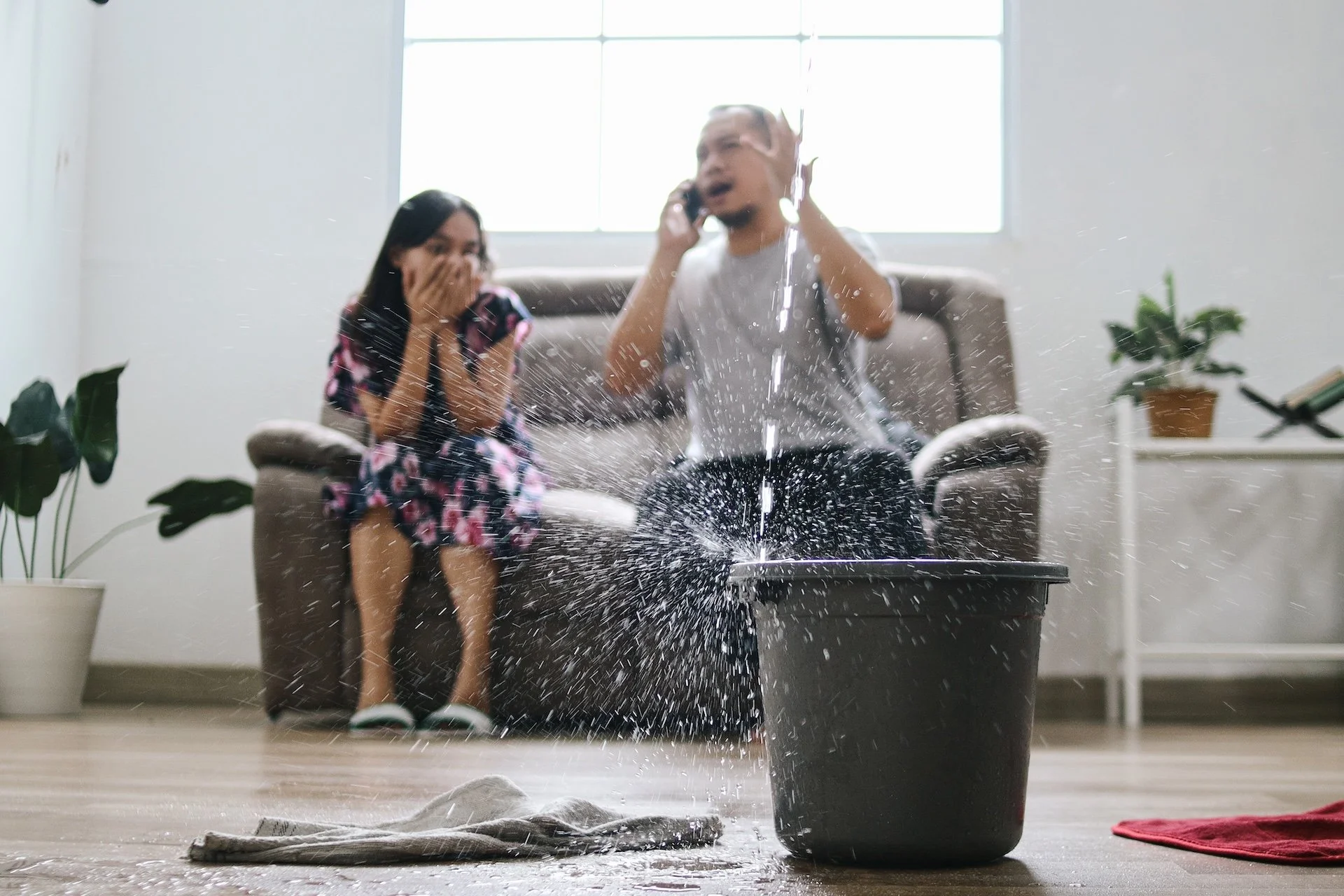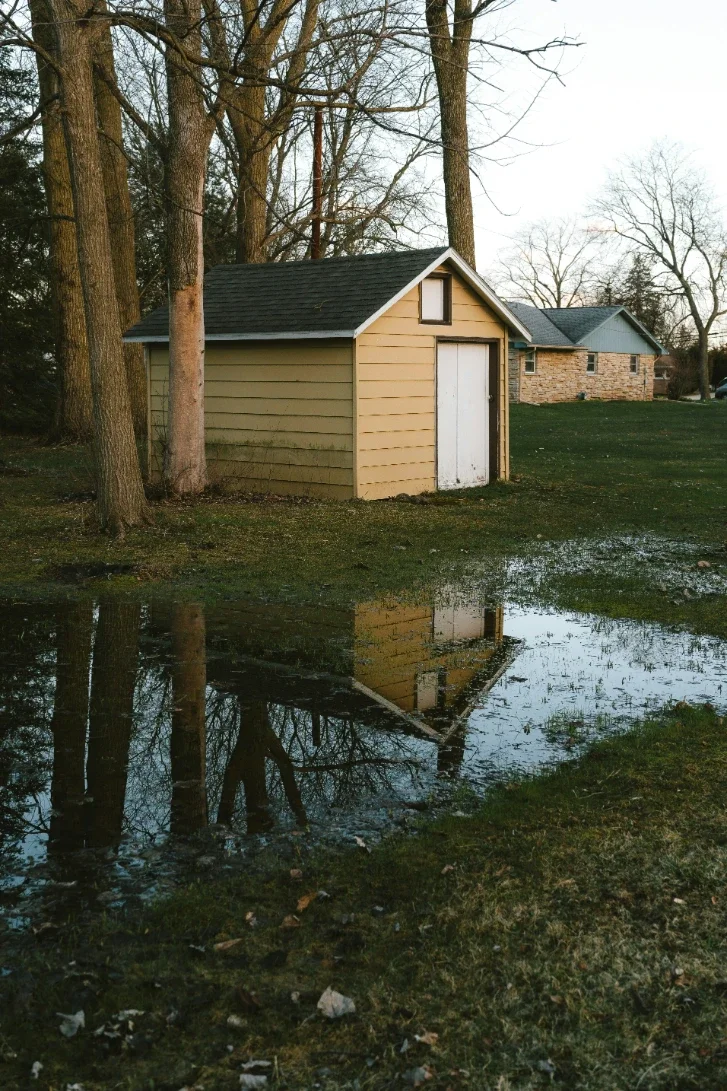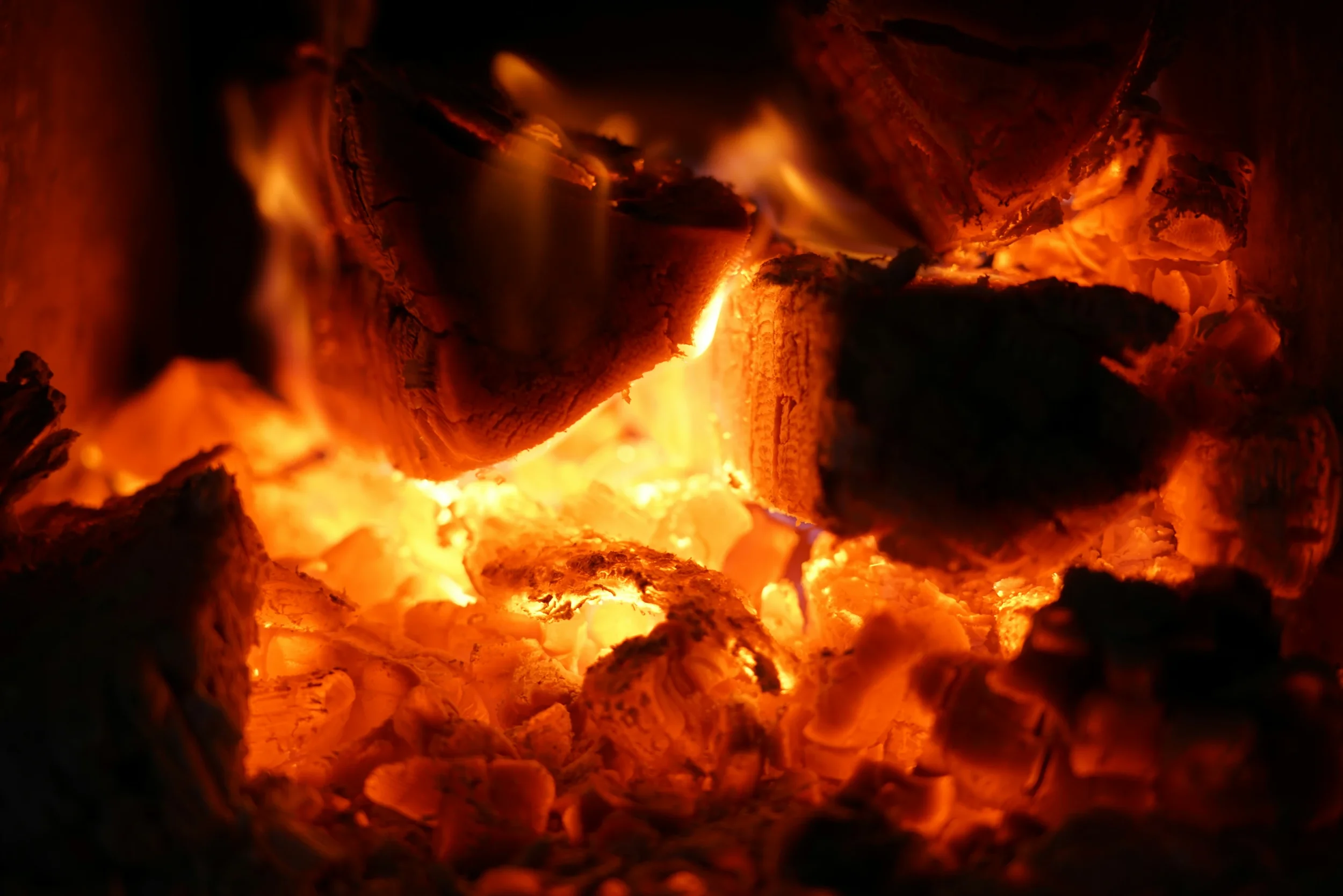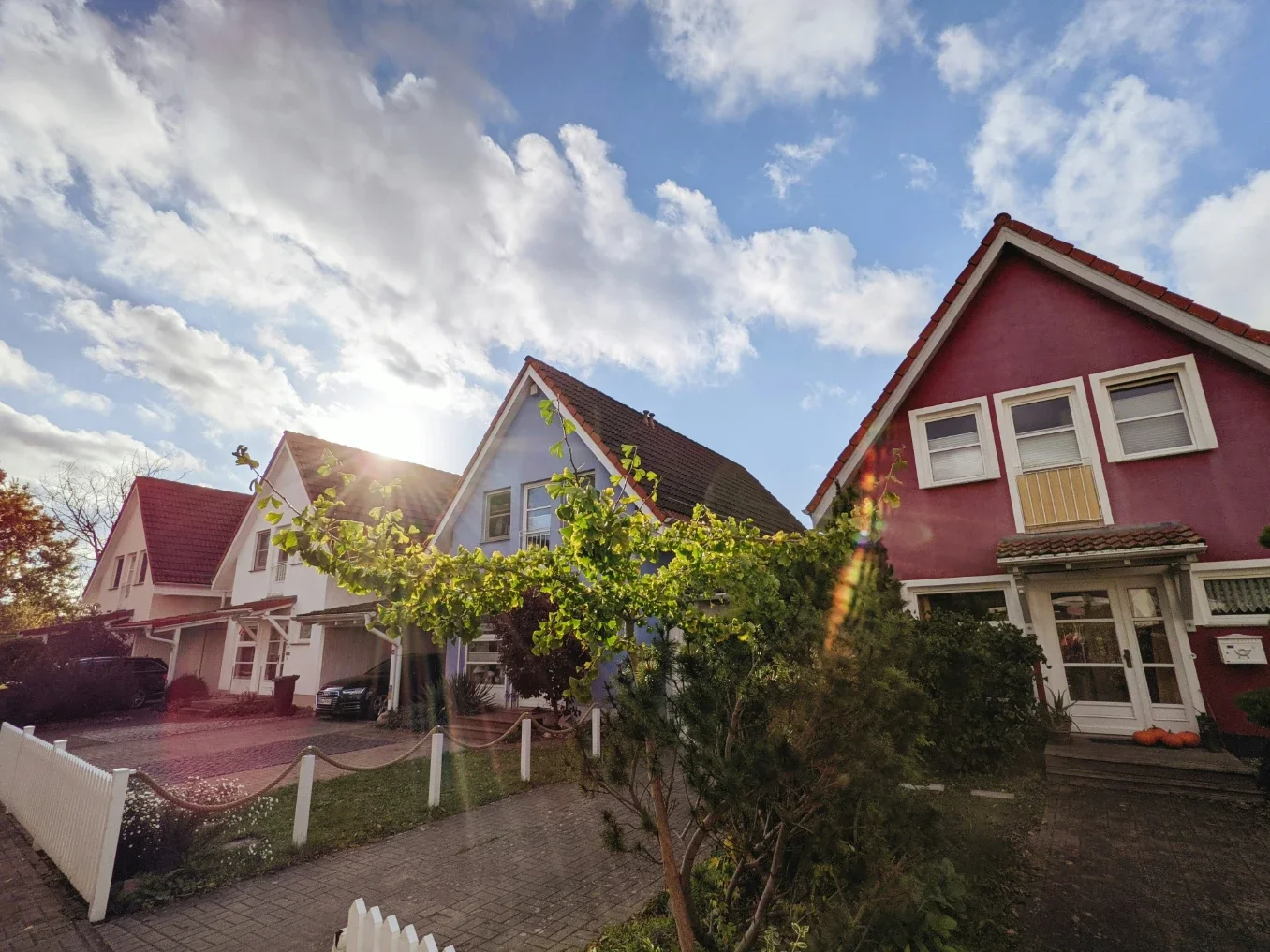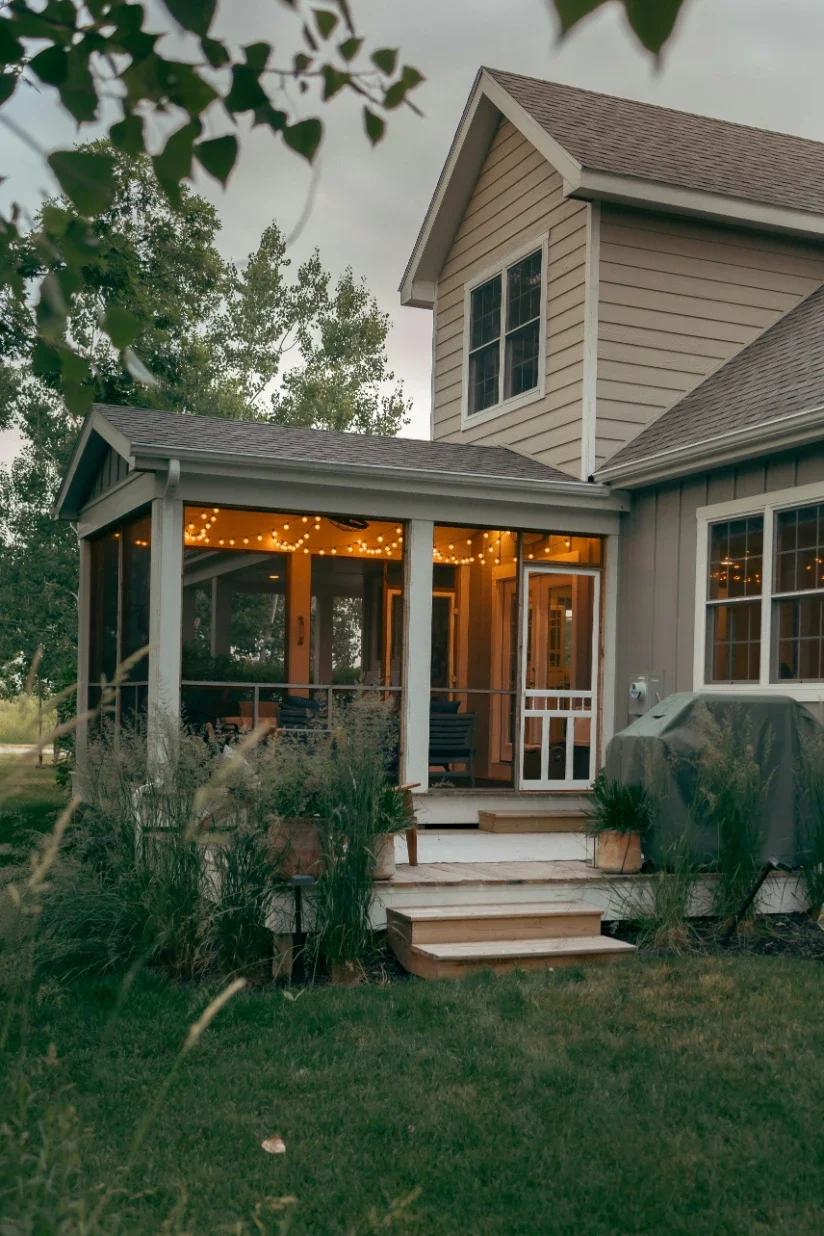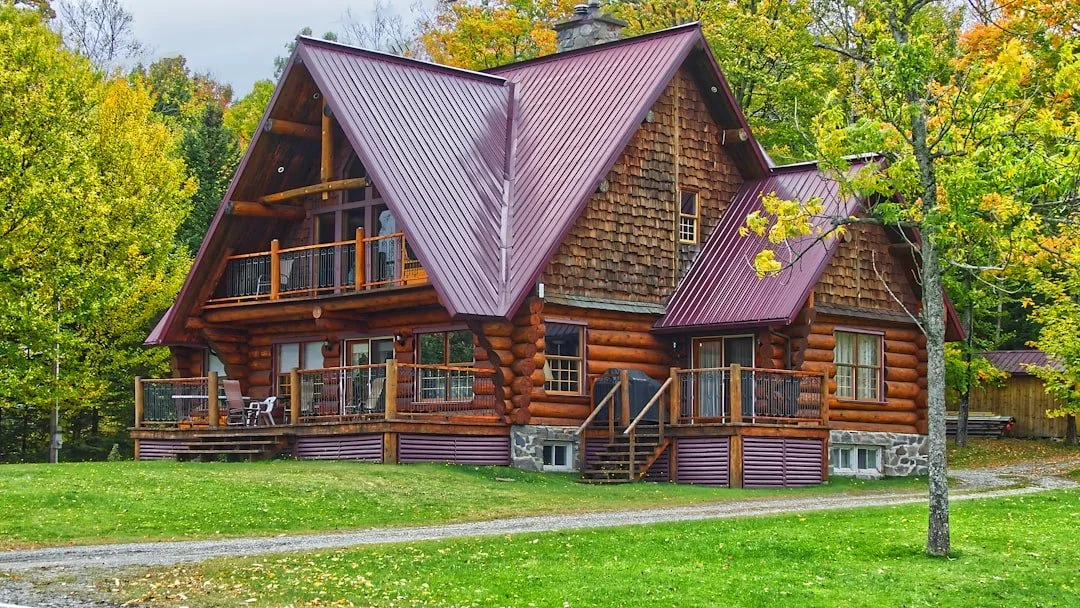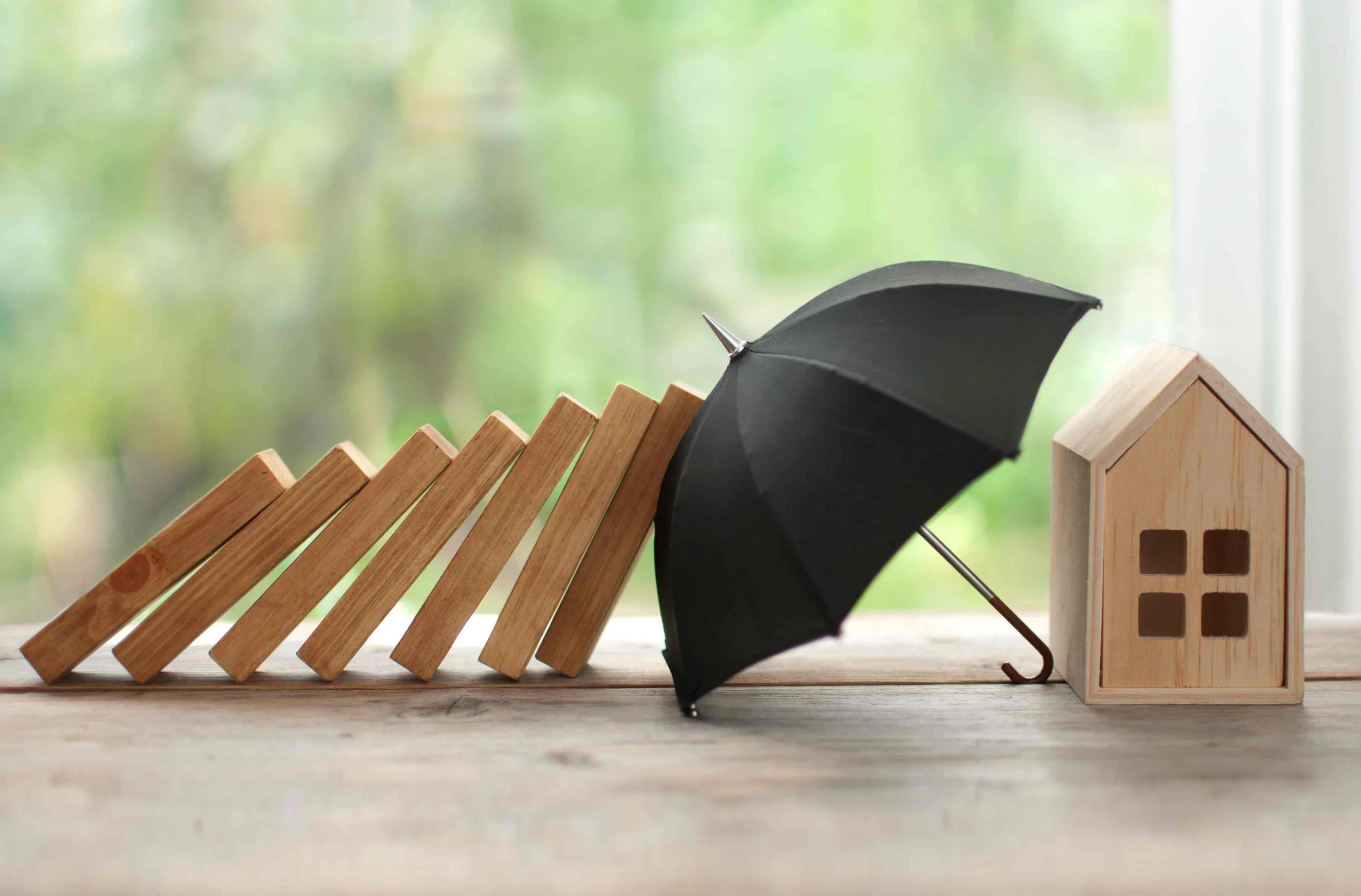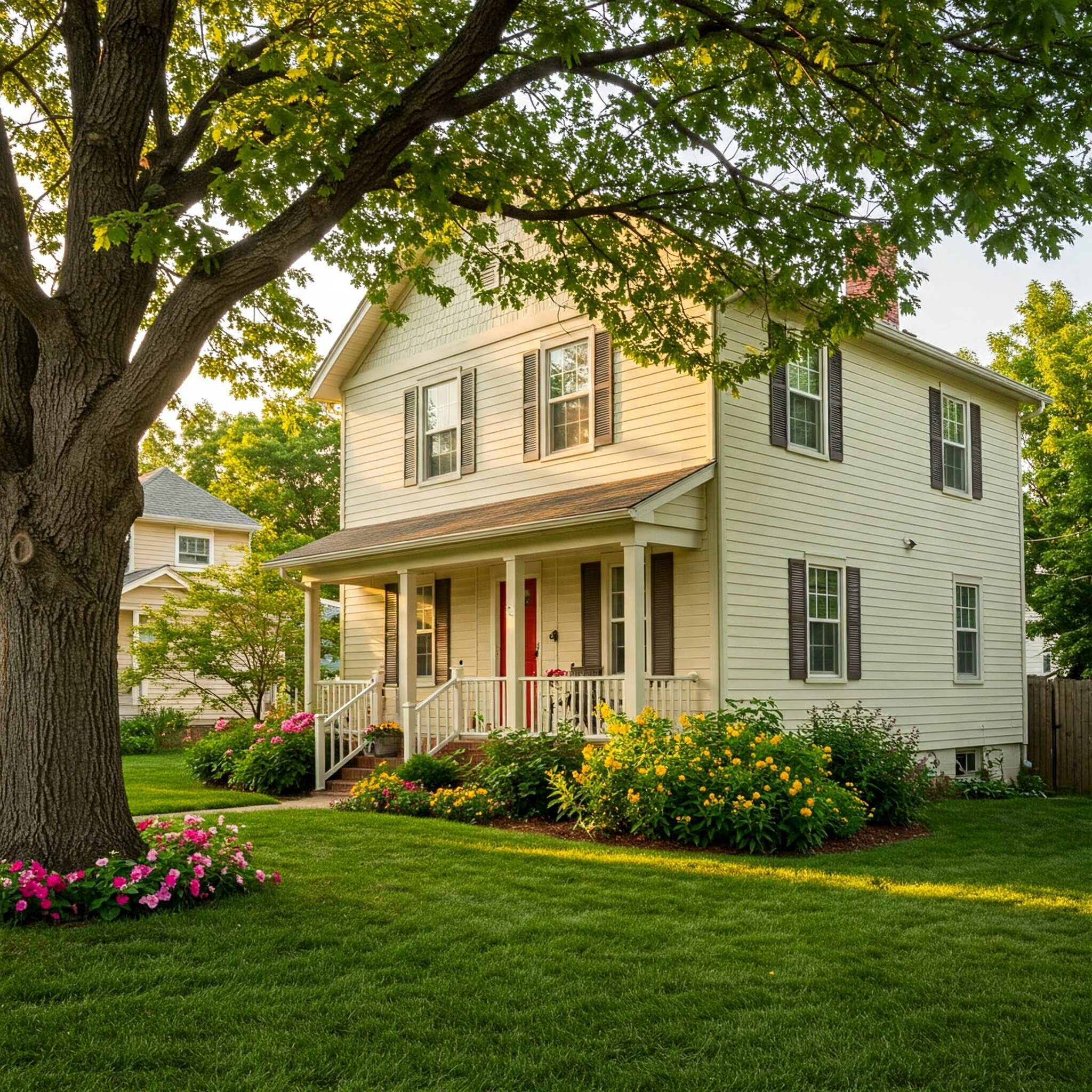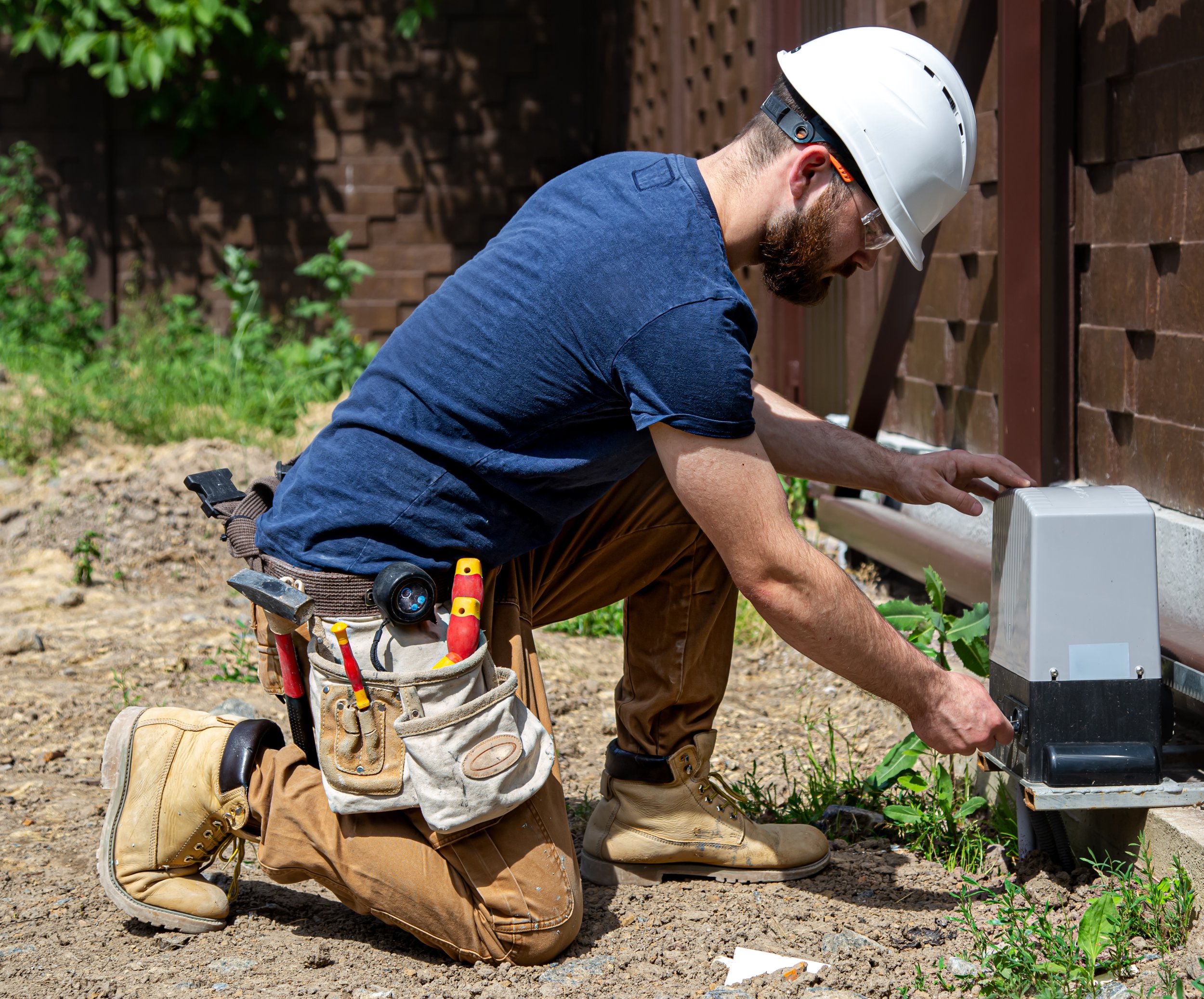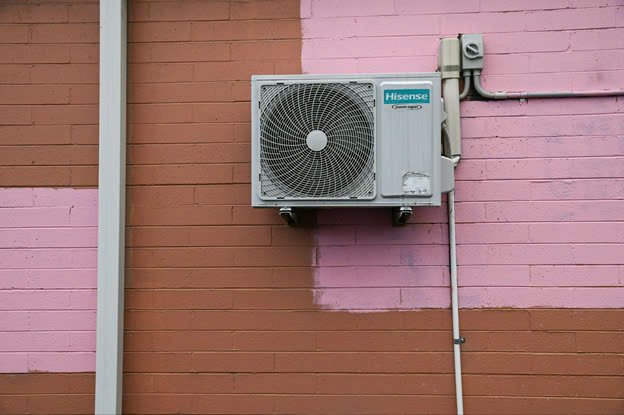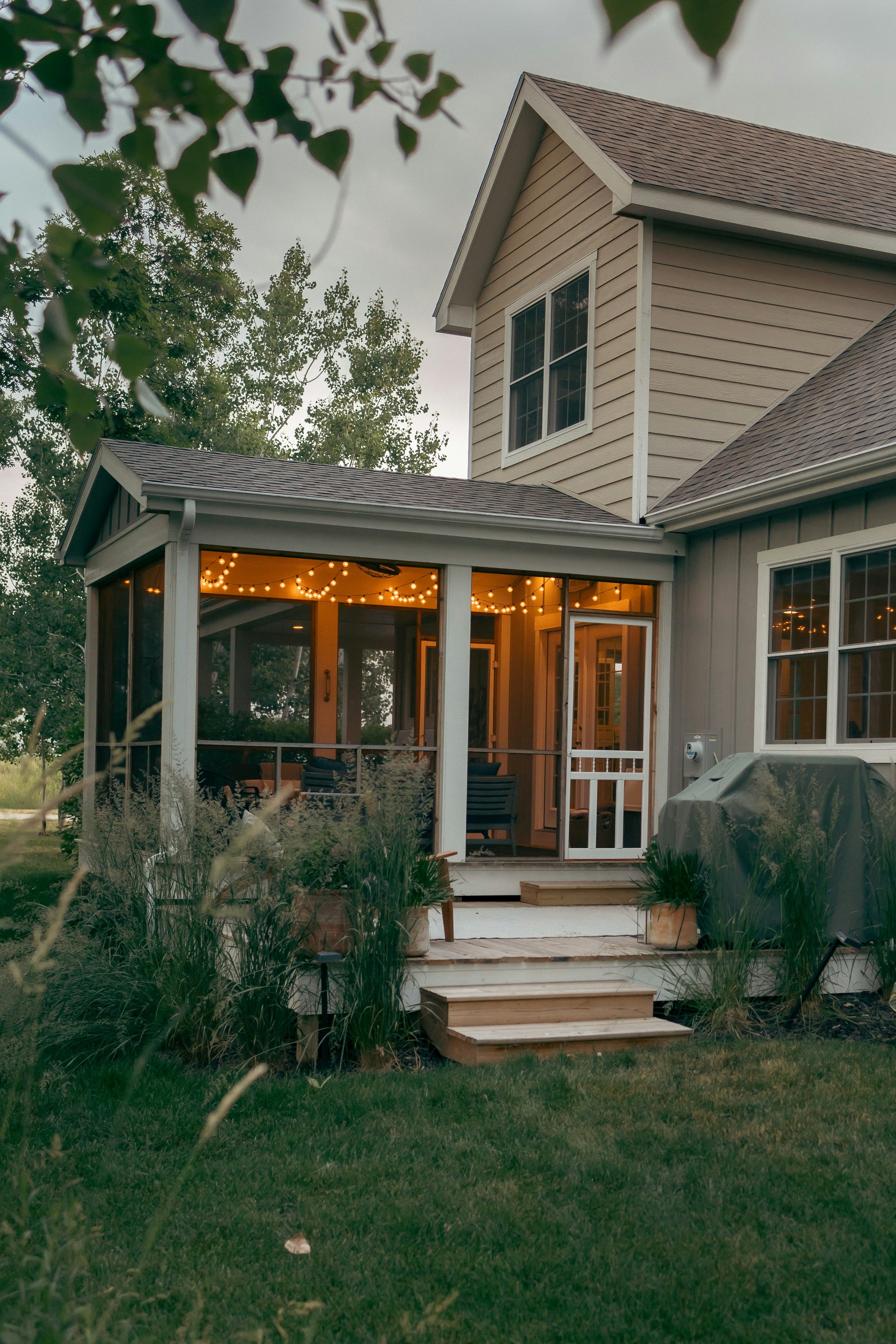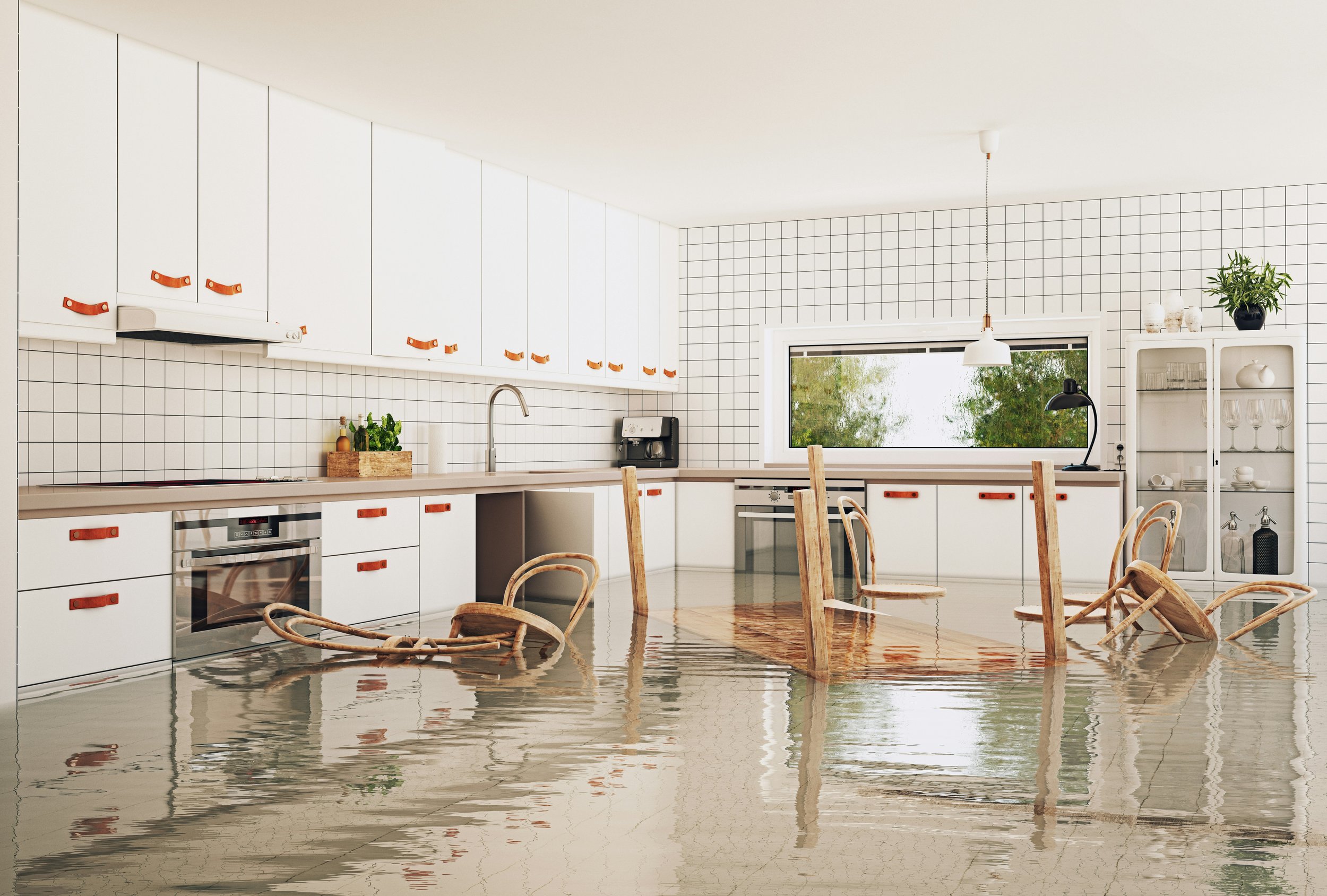Dripping Away Dollars: How Hidden Leaks Destroy Homes (and Budgets)
Hidden leaks can quietly wreak havoc on your home and finances. Learn how to spot, prevent, and fix them before the damage adds up.
A single dripping faucet might seem insignificant, but hidden water leaks are silently costing homeowners thousands in wasted water, structural damage, and mold remediation. What starts as a minor drip can escalate into a financial nightmare—if left undetected.
In this article, we’ll uncover how unnoticed leaks wreak havoc on homes, why leak detection is crucial for preventing disasters, and how you can protect your property before it’s too late.
The Shocking Cost of Unseen Leaks
Water leaks are more than just an annoyance—they’re money pits. Consider these eye-opening statistics:
The EPA estimates that the average household’s leaks waste 10,000 gallons of water annually—enough to fill a swimming pool.
A leaky toilet can silently waste 200+ gallons per day, adding $500+ per year to your water bill.
Hidden pipe leaks inside walls or under slabs can cause $5,000–$50,000+ in structural damage before they’re discovered.
Where Do Most Hidden Leaks Occur?
Behind Walls & Under Floors (burst pipes, loose fittings)
Under Sinks & Appliances (dishwashers, refrigerators, washing machines)
Roof & Ceiling (compromised flashing, cracked pipes)
Underground Irrigation & Main Supply Lines
Since these leaks are out of sight, they often go undetected until major damage appears.
5 Warning Signs You Have a Hidden Leak
How can you catch a leak before it drains your wallet? Watch for these red flags:
1. Unexplained Spike in Water Bills
If your usage hasn’t changed but your bill has, a hidden leak could be the culprit.
2. Musty Odors or Mold Growth
Persistent dampness leads to mold, which thrives in 48–72 hours after a leak starts.
3. Stains on Walls, Ceilings, or Floors
Yellowish-brown water stains indicate long-term moisture damage.
4. Warped Flooring or Peeling Paint
Wood and drywall absorb water, causing buckling, swelling, or bubbling.
5. Sound of Running Water When No Fixtures Are On
If you hear water flowing behind walls, you likely have a pipe leak.
How Professionals Detect Hidden Leaks
While some leaks are obvious (like a dripping faucet), others require advanced leak detection methods:
1. Acoustic Listening Devices
Plumbers use sensitive microphones to hear water escaping pipes—even through concrete.
2. Infrared Thermal Imaging
Heat cameras detect temperature changes caused by moisture behind walls.
3. Moisture Meters & Gas Tracing
Specialized tools measure humidity levels or trace harmless gas injected into pipes.
4. Pressure Testing
By isolating sections of plumbing, technicians pinpoint leaks by monitoring pressure drops.
These non-invasive techniques help locate leaks without unnecessary demolition.
The Domino Effect of Ignoring Leaks
A small leak today can lead to catastrophic expenses tomorrow:
1. Structural Damage ($5,000–$50,000+)
Rotting wooden frames
Cracked foundations
Collapsed drywall
2. Mold Remediation ($1,000–$10,000+)
Toxic mold spreads rapidly, requiring professional removal.
3. Skyrocketing Water Bills ($200–$2,000/year)
A running toilet alone can waste 6,000+ gallons monthly.
4. Insurance Complications
Many policies deny claims for long-term undetected leaks, labeling them "preventable."
How to Prevent Costly Leak Damage
1. Conduct Regular Inspections
Check under sinks, around appliances, and in basements for moisture.
Monitor water meter readings when no water is in use.
2. Install Smart Leak Detectors ($50–$200)
Wi-Fi-enabled sensors (like Flo by Moen or Phyn) alert you to leaks in real time.
3. Replace Old Plumbing
Homes with galvanized steel or polybutylene pipes are leak-prone—upgrade to PEX or copper.
4. Schedule Professional Leak Detection
Annual inspections by a leak detection specialist can catch problems early.
5. Know Your Main Water Shut-Off Valve
In case of a major leak, quickly turning off the water can save thousands in damage.
When to Call a Leak Detection Specialist
DIY fixes work for visible leaks, but hidden leaks require professionals if you notice:
✔ Persistent moisture with no obvious source
✔ Unexplained water bill increases
✔ Mold or structural damage
✔ Low water pressure (possible pipe breach)
Advanced leak detection tools and expertise are needed to locate and repair these issues without tearing apart your home.
Final Thought: Don’t Let a Leak Bankrupt You
Water is relentless—it seeps into every crack, weakens structures, and fuels mold growth. What begins as a tiny drip can evolve into a financial disaster if ignored.
The key to protection? Early detection. Investing in smart sensors, routine inspections, and professional leak detection services can save you from massive repair bills down the road.
If you suspect a hidden leak, act now—before your home and budget are washed away.
